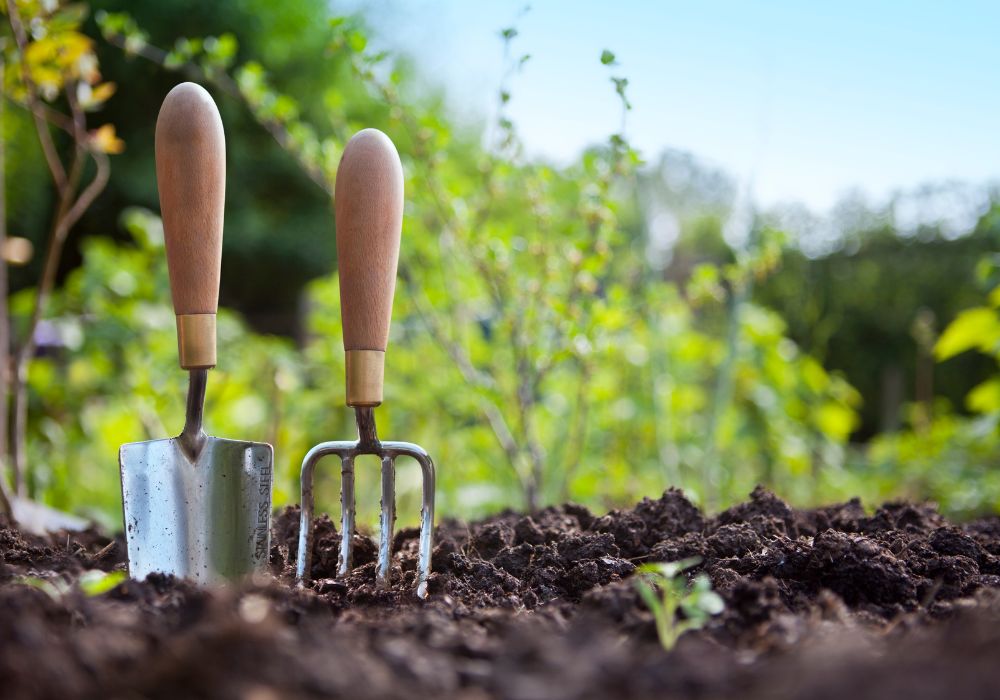In some neighborhoods, there’s an unpaved patch of land called a planting strip that sits between the sidewalk and the street. Sometimes, this little piece of land is just a rectangle of grass that unintentionally serves as a bathroom break for dogs. But what some people might not know is that these strips can be built up into beautiful flower or vegetable gardens that not only beautify your house, but your whole neighborhood.
Not only can cultivating a garden in your planting strip bring you joy, but it can improve the health of your community. Research has found that natural landscapes in our urban environments can help people reduce their stress. It can also provide people a greater sense of belonging.
Interested in creating a planting strip garden? Here are some things you need to know to get started.
Not every neighborhood has these planting strips, but for the ones that do, check with your city to see what the rules are governing these plots of land. In Seattle, you need a Street Use permit to garden in the planting strip, but these permits are free as long as it follows city guidelines. You’ll also want to check with your local utility company that the garden doesn’t interfere with any underground utilities or tree roots.
Some cities have guidelines about the size of the plants that can be planted in gardening strips. In Seattle, plants that have reached full maturity should have a maximum height of 3 feet. Height can also vary based on how close you are to an intersection (30 inches) or driveway (30 inches), so that driver and pedestrian visibility is not put at risk. Consider building a raised planting bed to house your flowers or vegetables, so long as your planting strip is at least 6 feet wide. You’ll also want to allow enough space between raised beds for pedestrians to access the sidewalk.
Finding plants is perhaps the most fun part of this process. If you’re interested in cultivating plants that are native to the Pacific Northwest, consider plants like rosemary, snowberry, Pacific Coast Iris, wild ginger, shore juniper, or periwinkle, many of which are also drought tolerant. For vegetables and herbs that are easy to grow in the Pacific Northwest, try green beans, carrots, green onions, beets, mint, and asparagus (see a full list here).
Questions about home insurance? Contact a Sea Mountain Insurance Specialist today!
